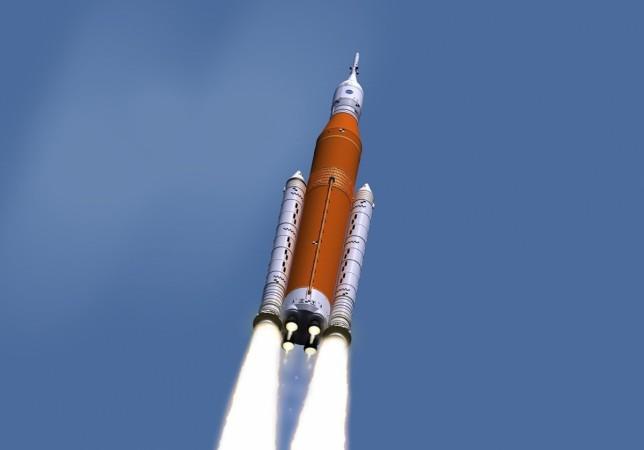
The construction of the spacecraft, which will make it possible for NASA to send humans for deep space explorations in the future, has begun at the agency's Michoud Assembly Facility near New Orleans.
This week, technicians with Lockheed Martin and NASA engineers got together at the facility to weld the first two components of the Orion crew module capsule for the Exploration Mission-2 (EM-2), the first manned mission of the space agency's Orion spacecraft that will carry astronauts farther into the solar system than ever before.
"Orion has tremendous momentum. We're finishing assembly of the EM-1 Orion spacecraft in Florida, and simultaneously starting production on the first one that will carry crew," Mike Hawes, Lockheed Martin vice president and program manager for Orion, said in a statement. "The latest version is 30 percent lighter and has 80 percent fewer parts. That equates to a substantially more cost-effective and capable spacecraft."

The EM-2 Orion, launched atop the Space Launch System (SLS) rocket, is expected to usher in a new era of space exploration, allowing NASA to return astronauts to the Moon, and eventually making a manned landing on Mars possible. The EM-1 is scheduled to fly in December 2019, followed by the EM-2 in June 2022.
The crew module, also called the pressure vessel, is the main structure that holds the pressurised atmosphere astronauts will breathe and work in while in the vacuum of deep space. Designed to withstand the harsh environment of deep space travel to keep the crew safe, the pressure vessel is comprised of seven large machined aluminium alloy pieces that are welded together to produce a strong, light-weight, air-tight capsule.
The construction of the capsule is expected to be completed in September, after which it will be delivered to the Kennedy Space Center where the Lockheed Martin team will perform assembly and test of the EM-2 spacecraft.
"Each of these spacecraft are important, but we realize that the EM-2 capsule is special as it's the first one to carry astronauts back out to the Moon, something we haven't done in a long time. It's something we think about every day," Paul Anderson, director of Orion EM-2 production at Lockheed Martin, said in the statement.

















